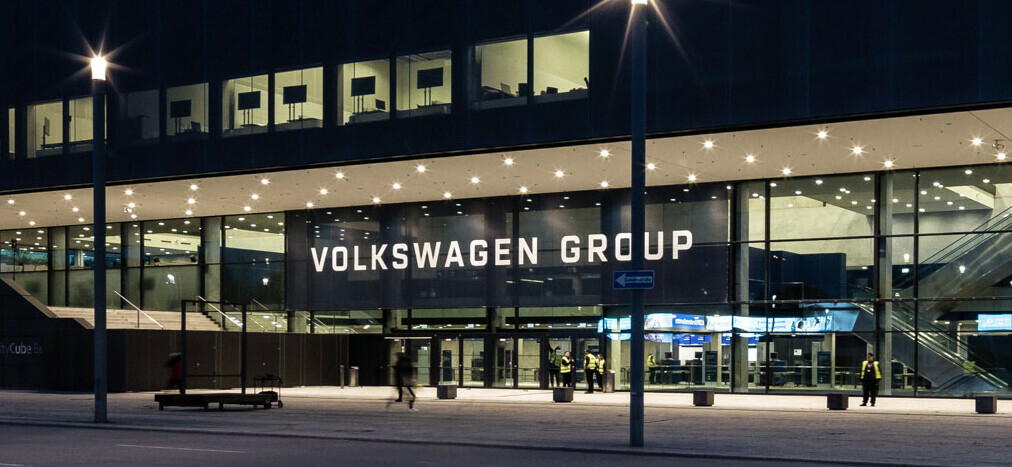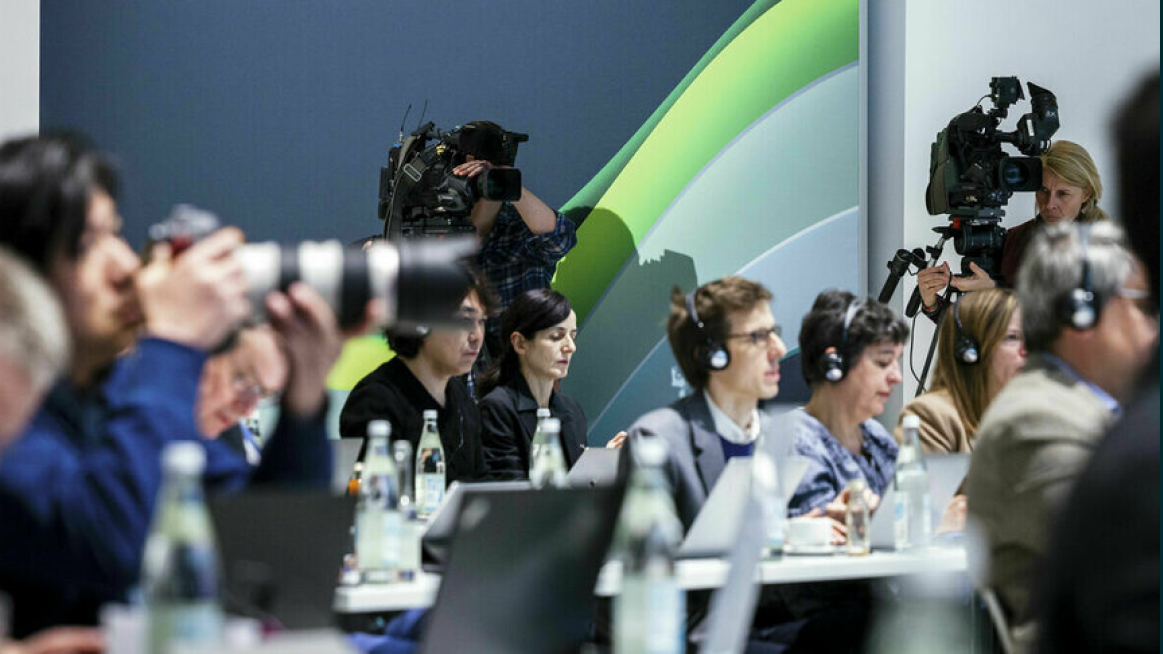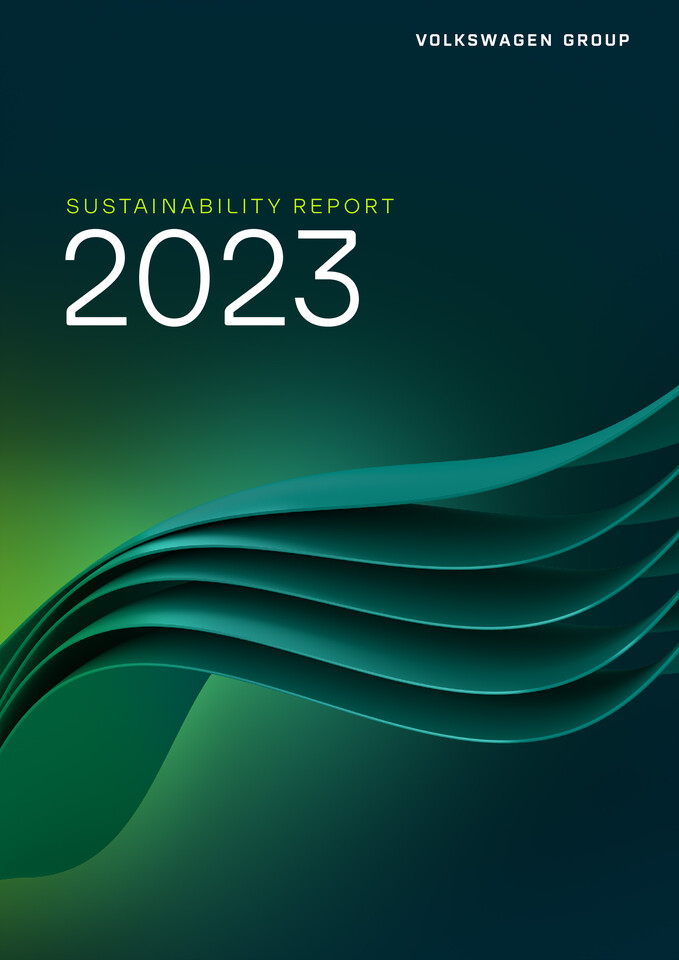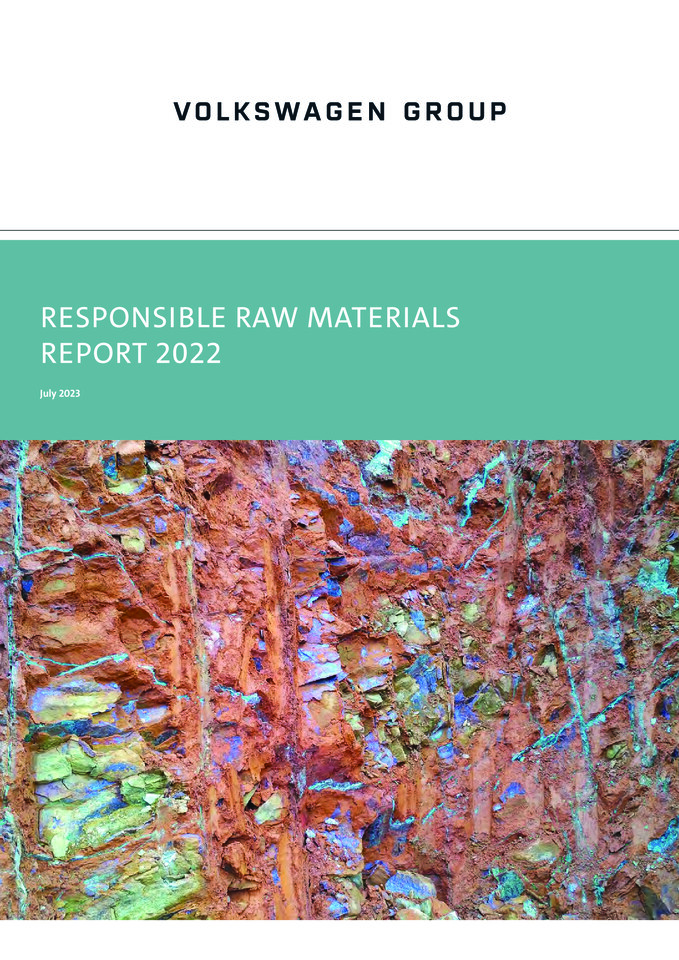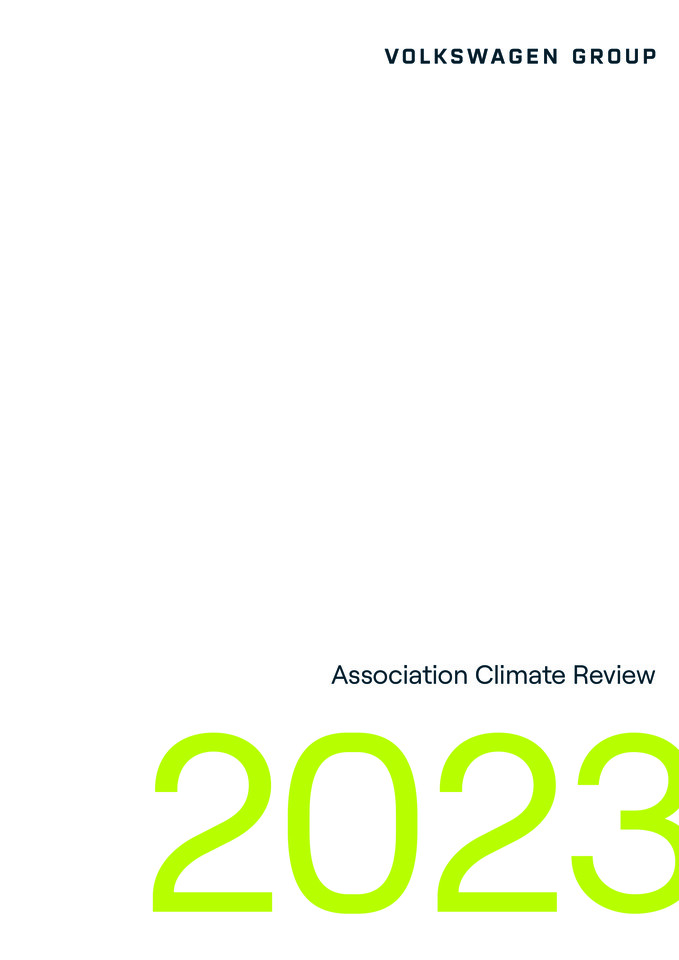Sustainability

Moving you. Moving forward.
“The Volkswagen Group bears responsibility for shaping sustainable mobility for generations. Our understanding of sustainability is holistic – it spans the four dimensions of nature, our people, society and business. We call that “regenerate+” – the Group’s new sustainability strategy.”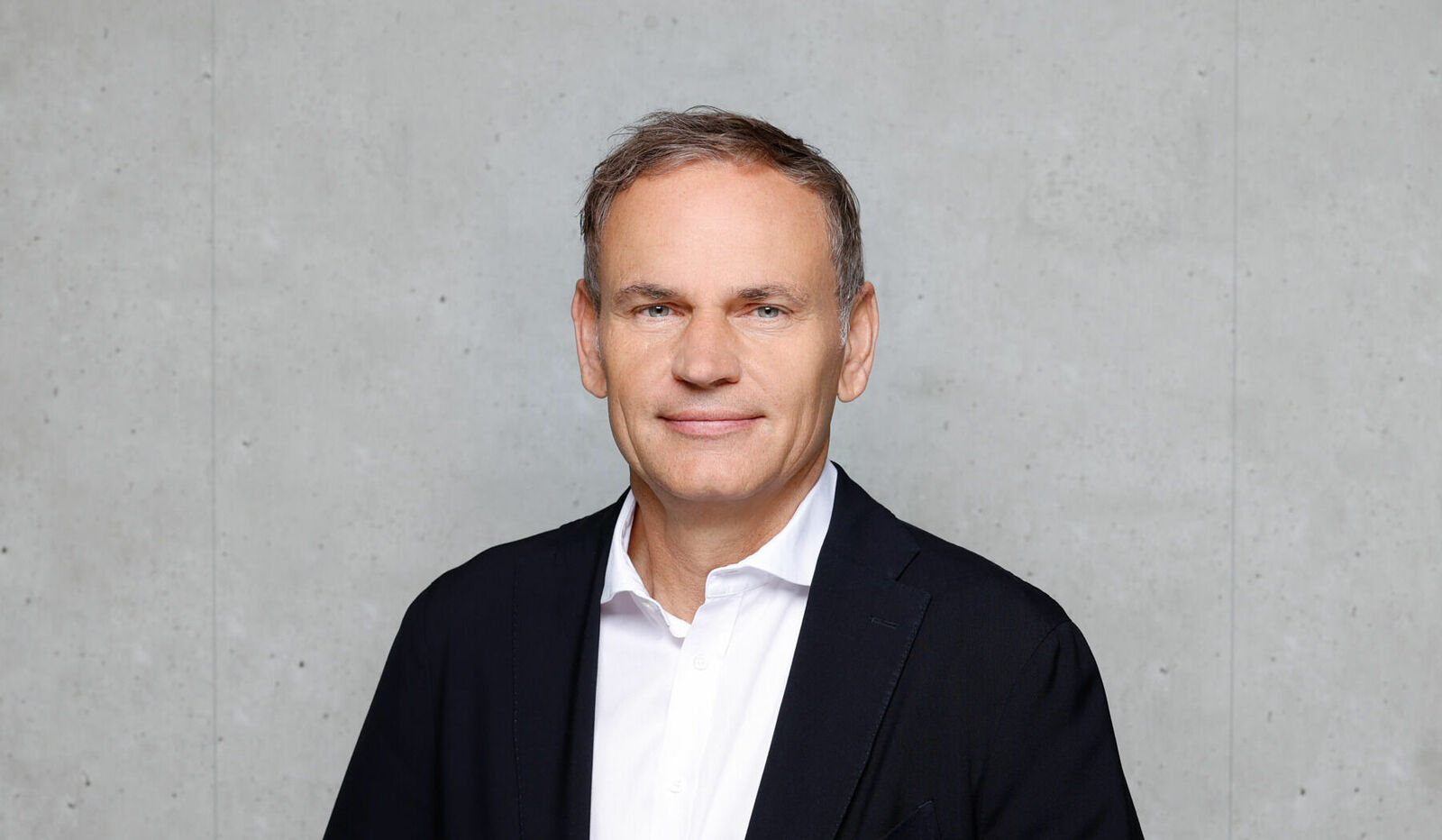

“We act with the mindset of a future-oriented transformation and strive to have a positive impact on nature and society. The collective effort of all employees worldwide is our unique strength – we will manage this comprehensive change together.”


regenerate+ is the pathway for our future. It is the basis for a measurable positive impact. Contributing positive impact is only possible with a holistic approach based on four dimensions: nature, our people, society, and business.
The four dimensions of regenerate+
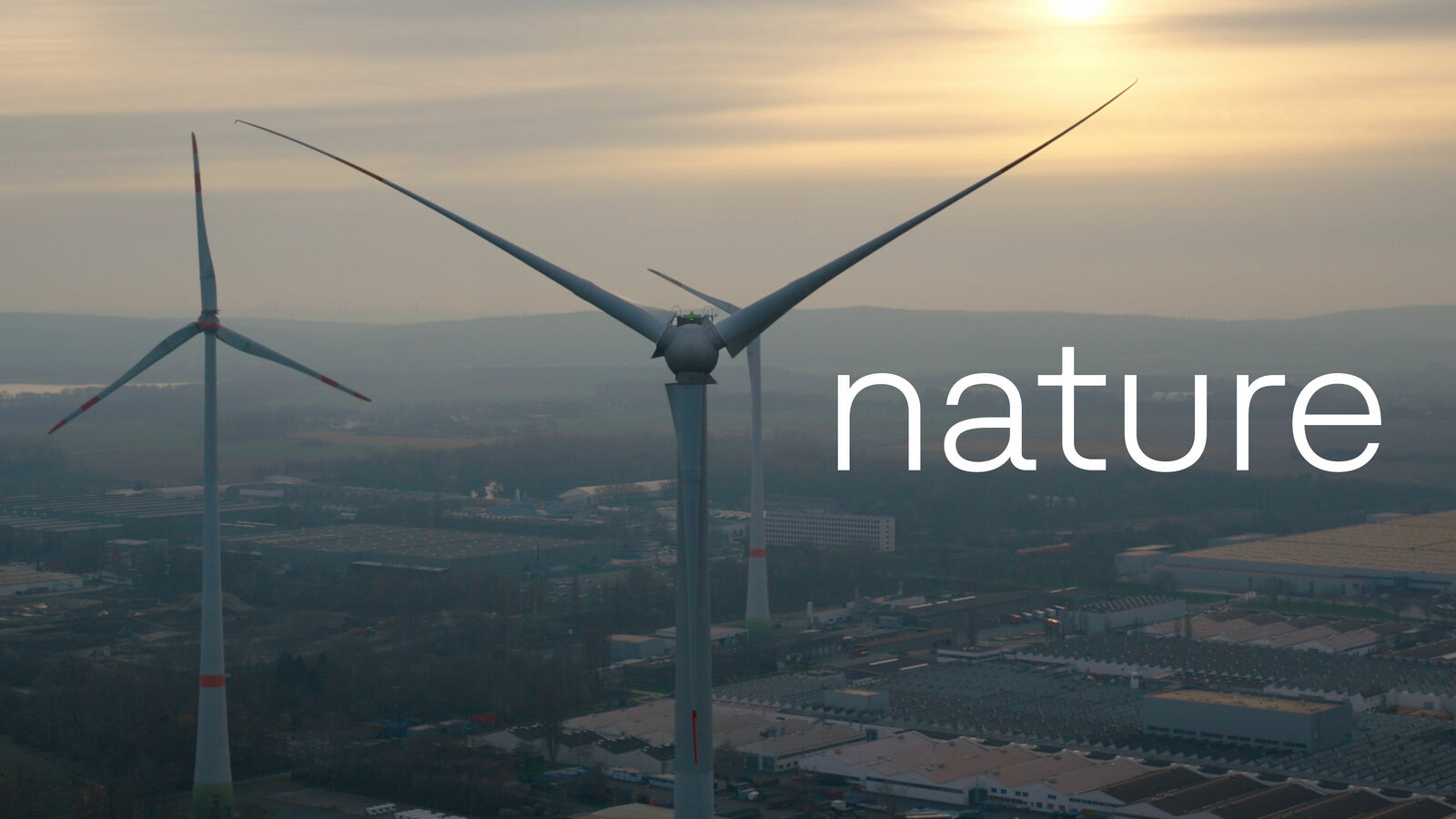
Our commitment:
In order to provide society and coming generations with a future worth living in, we have to go beyond the bare avoidance and reduction of emissions. The Volkswagen Group is committed to make a difference for people and the environment.
Our journey:
- The Volkswagen Group wants to become a net-carbon-neutral company.
- The Volkswagen Group is working to continuously reduce our demand of primary resources.
- The Volkswagen Group supports biodiversity.
Here you can find more information about the dimension nature.
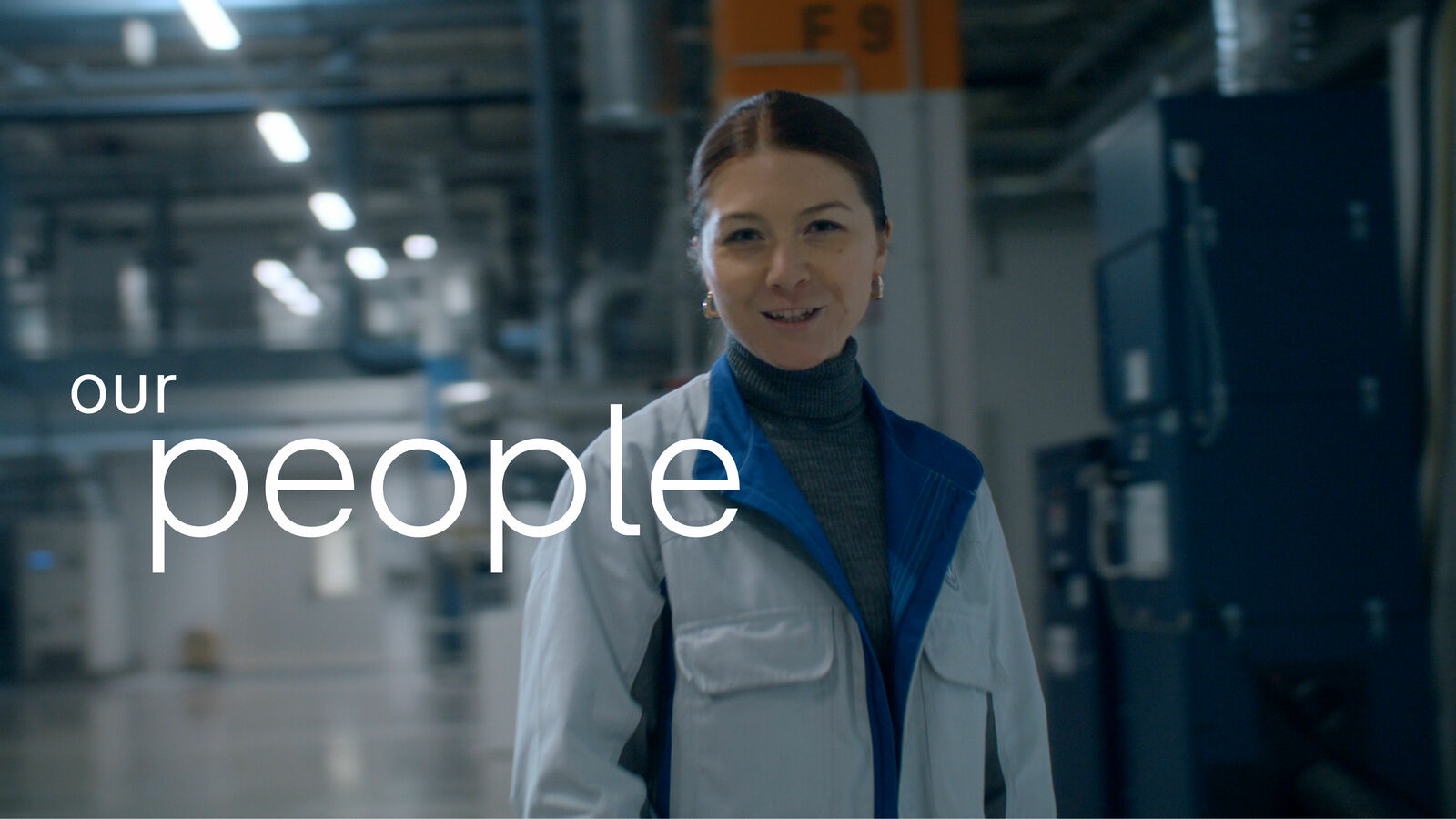
Our commitment:
The strength of the Volkswagen Group is inevitably linked to the collective efforts of its employees who work for us across the globe. This means we can only achieve our ambitious goal of a comprehensive, sustainable transformation through joint efforts. It is, however, a path that will benefit all.
Our journey:
- The Volkswagen Group fosters a diverse, inclusive, and holistic non-discriminatory culture.
- The Volkswagen Group wants to be a unique employer leading teams to success.
- The Volkswagen Group stands for excellent health and safety at work.
Here you can find more information about the dimension our people.
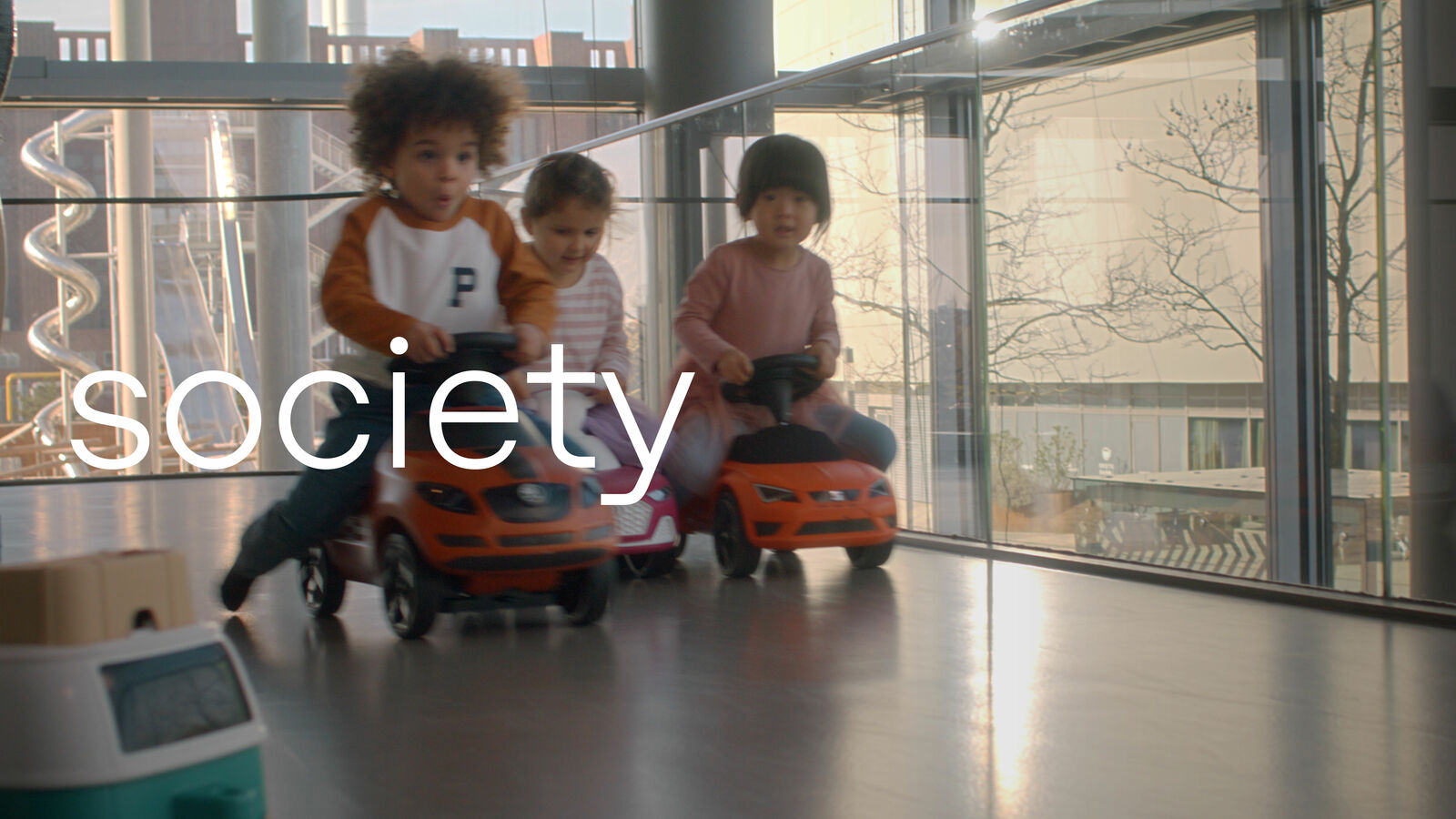
Our commitment:
The Volkswagen Group bears great responsibility toward society, the environment, our people, and our partners. From this, we derive our ambition to generate a positive impact within the value chain and beyond.
Our journey:
- The Volkswagen Group shapes responsible and sustainable supply chains.
- The Volkswagen Group is a reliable partner.
- The Volkswagen Group increases the positive social impact of its actions.
Here you can find more information about the dimension society.
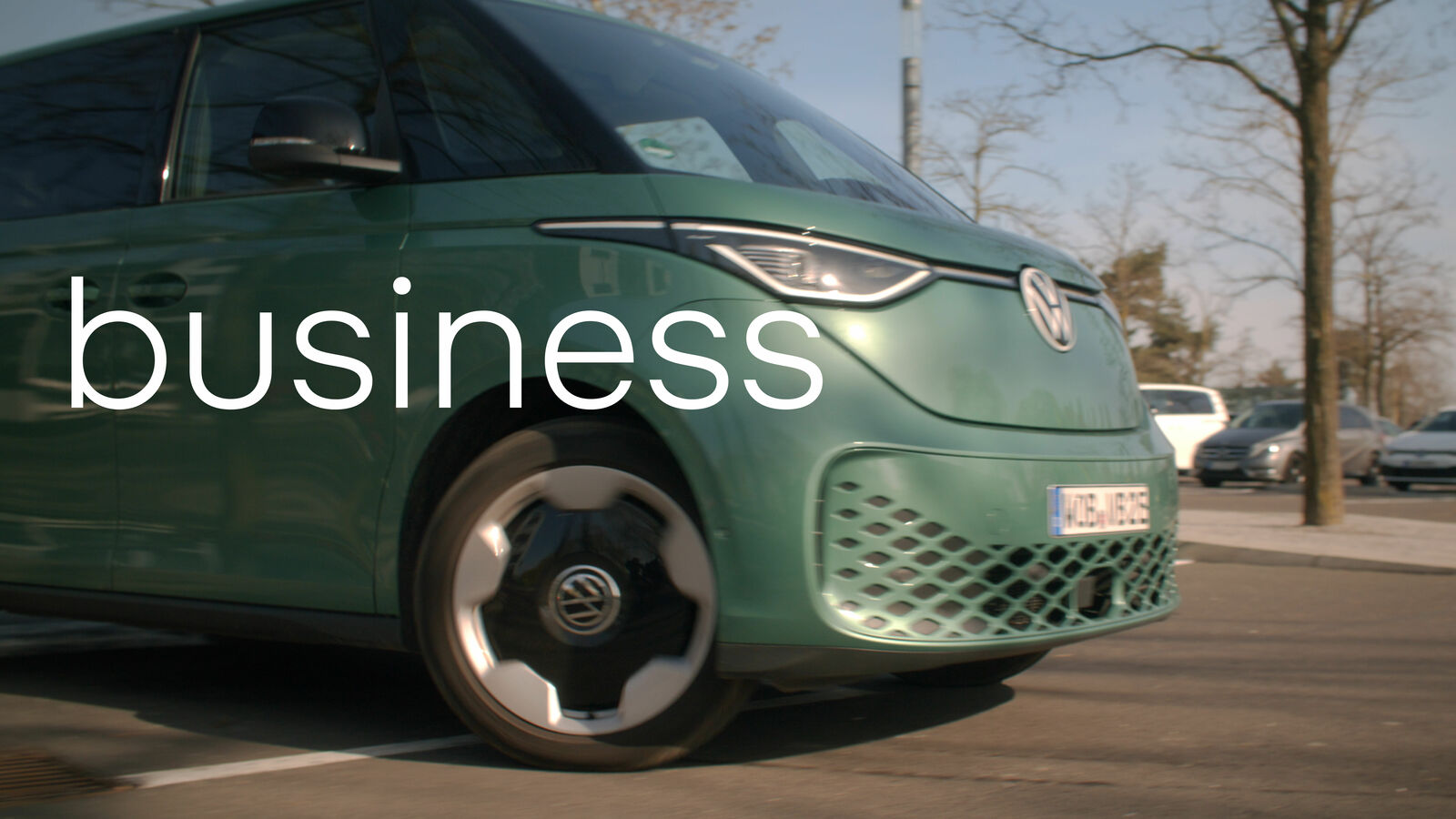
Our commitment:
The holistic approach of regenerate+ is accelerating the business models of the Volkswagen Group. New business areas, new products, services and financing models provide the impetus for this.
Our journey:
- The Volkswagen Group identifies and promotes sustainability-related business areas.
- The Volkswagen Group strengthens and intensifies sustainable financing.
Here you can find more information about the dimension business.

